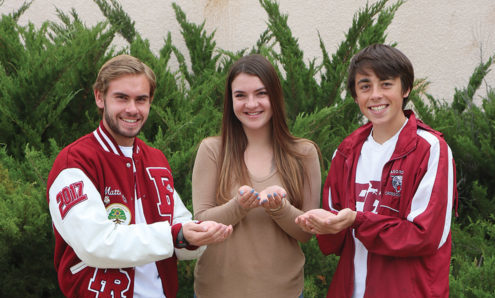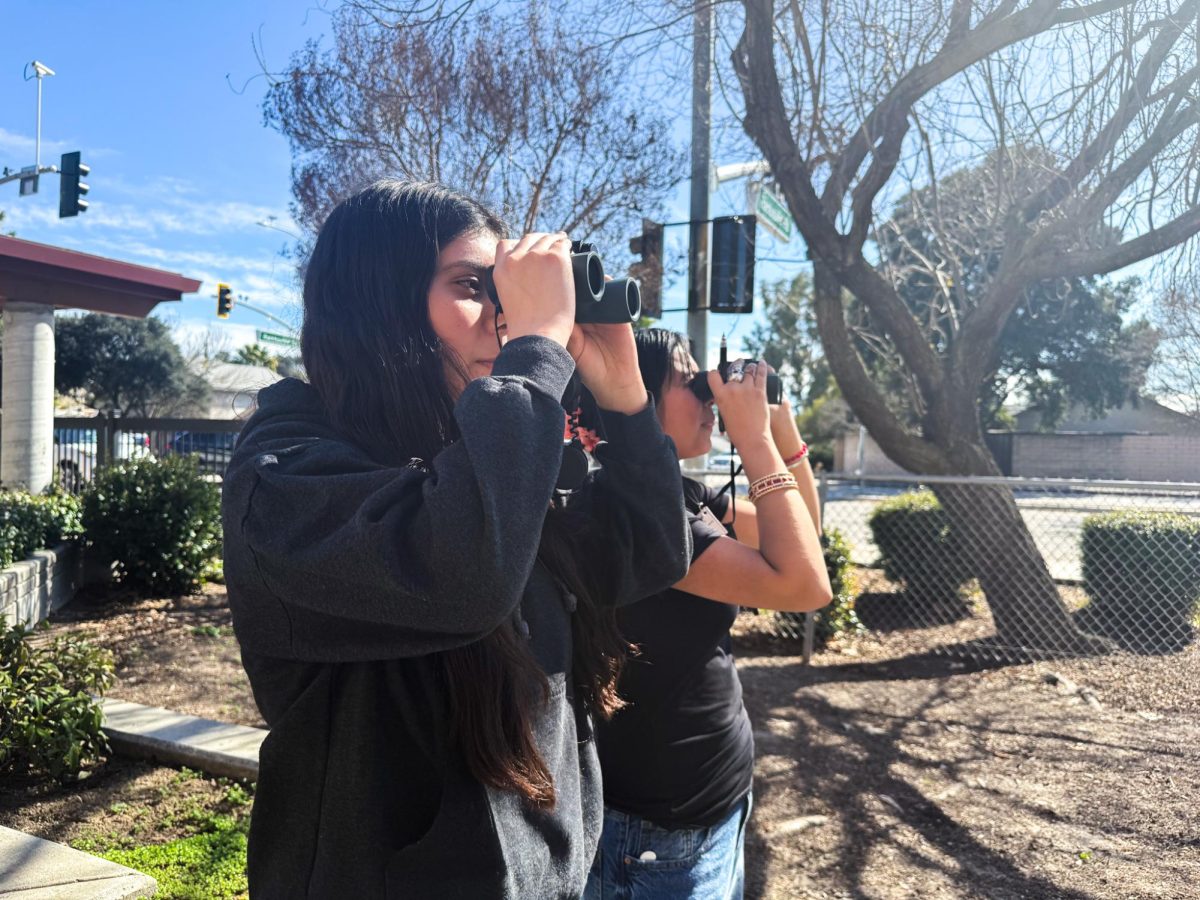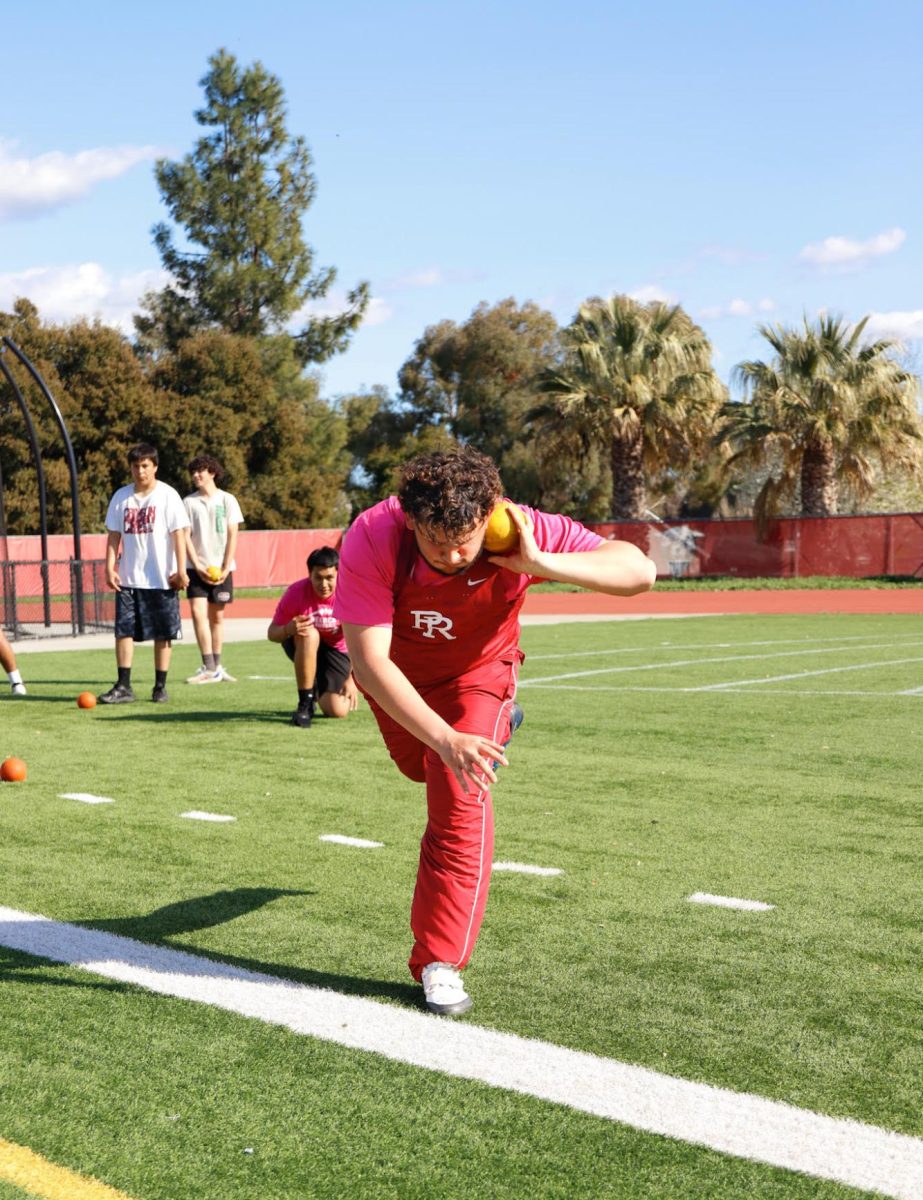Giving back benefits both the volunteer and the community
Some people turn to allopathic medicine in search of finding a cure for depression. Other people seek out mood busting supplements. But there is a simple way to help you live 47 percent longer, promote mental stimulation, and boost self-confidence with just one action. It might sound near impossible, but the solution is found right in our community: volunteering.
The essence of volunteering can be broken down into two categories: intrinsic and extrinsic benefits. The intrinsic benefits mainly include better health and a more optimistic outlook on life. This is due in part to empathy, since volunteering is about understanding the problems others face and working to provide a solution. Extrinsically, the community reaps the reward of having selfless volunteers beautify the environment, provide mentorship, and even produce great economic output for businesses.
To put in basic terms, giving back to the community increases positive mental health. The action of volunteerism can best be described by the “happy chemicals”, which are also known as the four main neurotransmitters: dopamine, serotonin, oxytocin, and endorphins, that the body releases.
“Empathy and acting generously can increase levels of oxytocin,” said neuroscientist Alex Korb, who describes oxytocin as the chemical responsible for feelings of trust and closeness.
In fact, the most effective form of volunteerism connected with oxytocin is bonding with animals, so spending time at the animal shelter is considered a therapeutic experience. In recent studies, the relationship between a pet and a human is similar to those between mother and child. This is a main reason why the abused, mentally ill, incarcerated, young and elderly alike benefit the most from this facet of community service, according to the National Center of Biotechnology Information.

“It’s such an important thing to do. Everybody, no matter who they are, needs help in some way, shape, or form. I truly believe that it takes somebody else to believe in you before you can believe in yourself and I think we’re all here together, whether it be at the high school, state level, or homes and I think it’s so important to show love. I feel as though hatred as been this social norm lately, and I feel like it’s so important to spin this on it’s top and instead we produce this idea of love. And if you’re not out there helping other people, I feel as though that’s truly what life’s about is making those lasting connections that inspire others and by doing that we can make our community better ” said senior Josh Dewhurst, who is the ASB president and is the Northern Director of the California Association of Student Leaders.
The positive effects of volunteerism on mental health also transfers to physical aptitude. Community service is proven to reduce stress, and thus can help lower blood pressure, depression, and heart problems, among others. In tandem, the action of volunteer work can offer an active lifestyle that overall reduces health risks, according to Rodlescia Sneed from Carnegie Mellon University.
Being an encouraging mentor to young children through tutoring or offering a helping hand to build a park playground are just a few examples of giving back to the community, and the extrinsic benefits are invaluable. Volunteering throughout the community helps improve community relations and pride, according to the World Volunteer Web.
Another benefit of volunteers is their immense impact on the economy. In a 2014 lecture by Andy Haldane, the chief economist at the Bank of England, he proposed the idea that the approximate 1.4 million Briton unpaid volunteers do the same amount of work as 1.25 million paid Briton employees. In 2008, about 83.9 million adults in America volunteered, representing $239 billion made from 9 million employees, according to the Independent Sector.
So there is a natural solution to make the individual and the community all around better, and that is the simple, yet rewarding, act of giving back.







